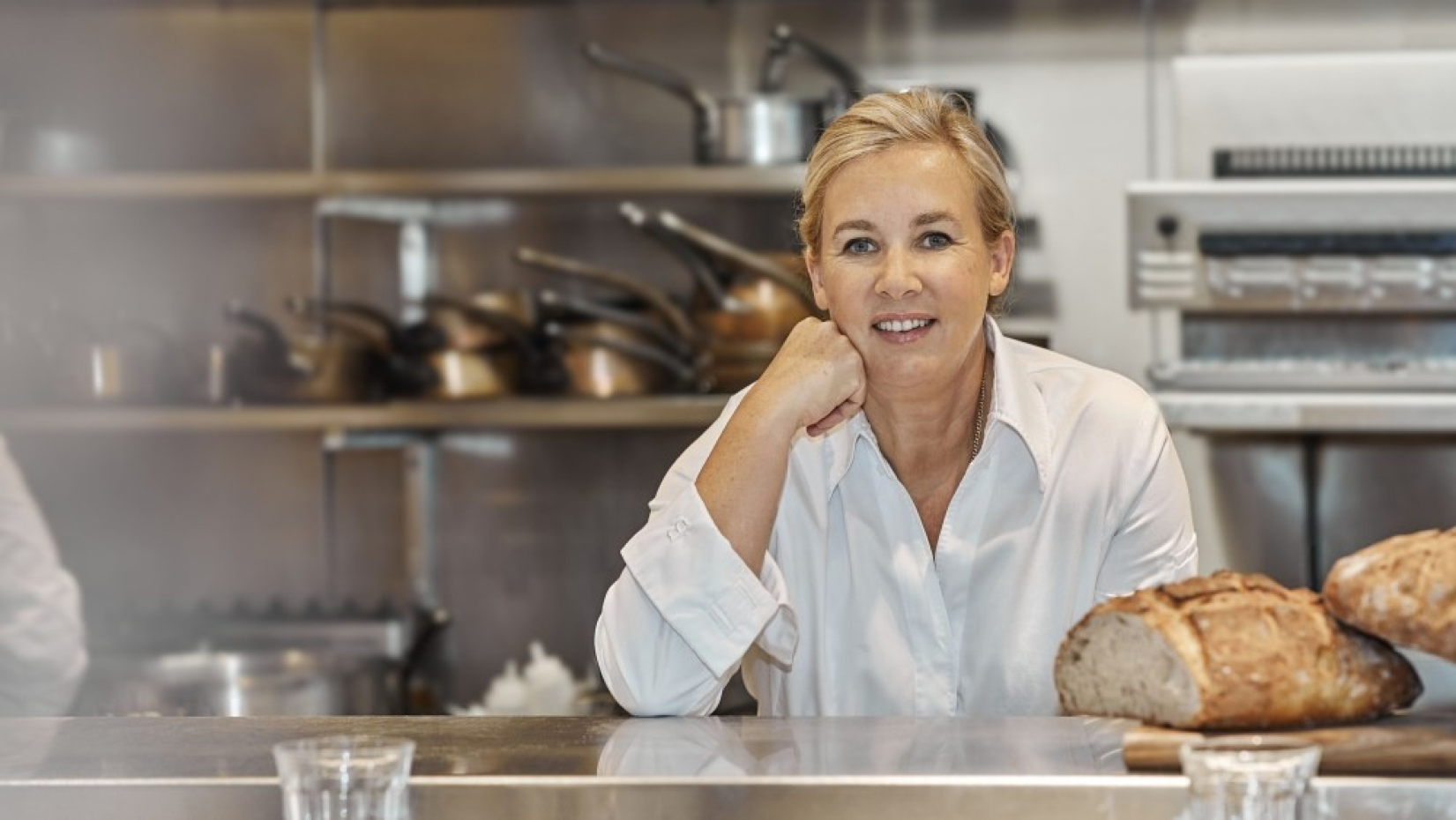Across continents and cuisines, women have risen to redefine what it means to cook, to lead, and to inspire. From Julia Child’s Parisian kitchens to Dominique Crenn’s poetic plates in San Francisco, these pioneers have turned gastronomy into an art of courage, resilience, and creativity writing a new chapter of culinary history.

Cooking has always been one of the most universal expressions of care and creativity. Yet, for centuries, professional kitchens were closed to women, their brilliance confined to the domestic sphere, overshadowed by the image of the male chef as master, commander, and artist. Today, that old story is finally shifting. The stage lights have widened, revealing female chefs whose influence has not only equalled but often surpassed that of their male counterparts. This is not a tale of tokenism or inclusion for its own sake. It is the story of women who have shaped the very foundations of modern gastronomy. Each has done so in her own way: through humour, rebellion, poetry, sustainability, or quiet discipline. Together, they demonstrate that cooking is not just sustenance it is a language of memory, protest, identity, and beauty.
The Larger Picture
These chefs are not anomalies; they are part of a growing movement. From Latin America to Asia, women are increasingly taking their place in leadership roles in kitchens, schools, and food activism. Their contributions are reshaping not just menus but values towards sustainability, inclusivity, and cultural dialogue. Sleep deprivation, climate change, inequality modern life brings many anxieties. These chefs remind us that food can be an antidote. It is a source of grounding, celebration, and connection.
The Future They Are Cooking
What unites Julia Child, Alice Waters, Dominique Crenn, Clare Smyth, Niki Nakayama, Ana Roš, Elena Arzak, and Hélène Darroze is not a single style of cuisine but a philosophy: to cook with courage, conscience, and creativity. Their influence ripples outward, shaping the next generation of chefs who will inherit not only their techniques but their ethos. They have turned kitchens into stages of equality, laboratories of innovation, and sanctuaries of meaning. Luxury in dining today is not about excess. It is about depth of flavour, of story, of connection. These women embody that truth. They show us that to eat well is to live well, and that the art of gastronomy is at its best when it reflects the full spectrum of human experience.
Julia Child
The Voice Who Opened the Kitchen
Julia Child never sought to be a revolutionary. A latecomer to cooking, she discovered her passion at Le Cordon Bleu in Paris during the 1950s. What she brought back to America was more than recipes; it was a way of thinking about food as joyful, fearless, and deeply human. With her booming voice and infectious laughter, Child dismantled the snobbery that had long cloaked French cuisine. Her television show, The French Chef, made soufflés, coq au vin, and boeuf bourguignon seem within reach for the average American household. She insisted that mistakes were part of the process, turning failures into moments of charm rather than shame. Julia’s influence was seismic. She didn’t just introduce a cuisine; she shifted a culture. She legitimised cooking as an act of creativity and delight, worthy of national conversation. Her legacy is not only found in recipes but in the confidence she gave generations of cooks especially women who began to see themselves as capable of mastering the art of gastronomy.
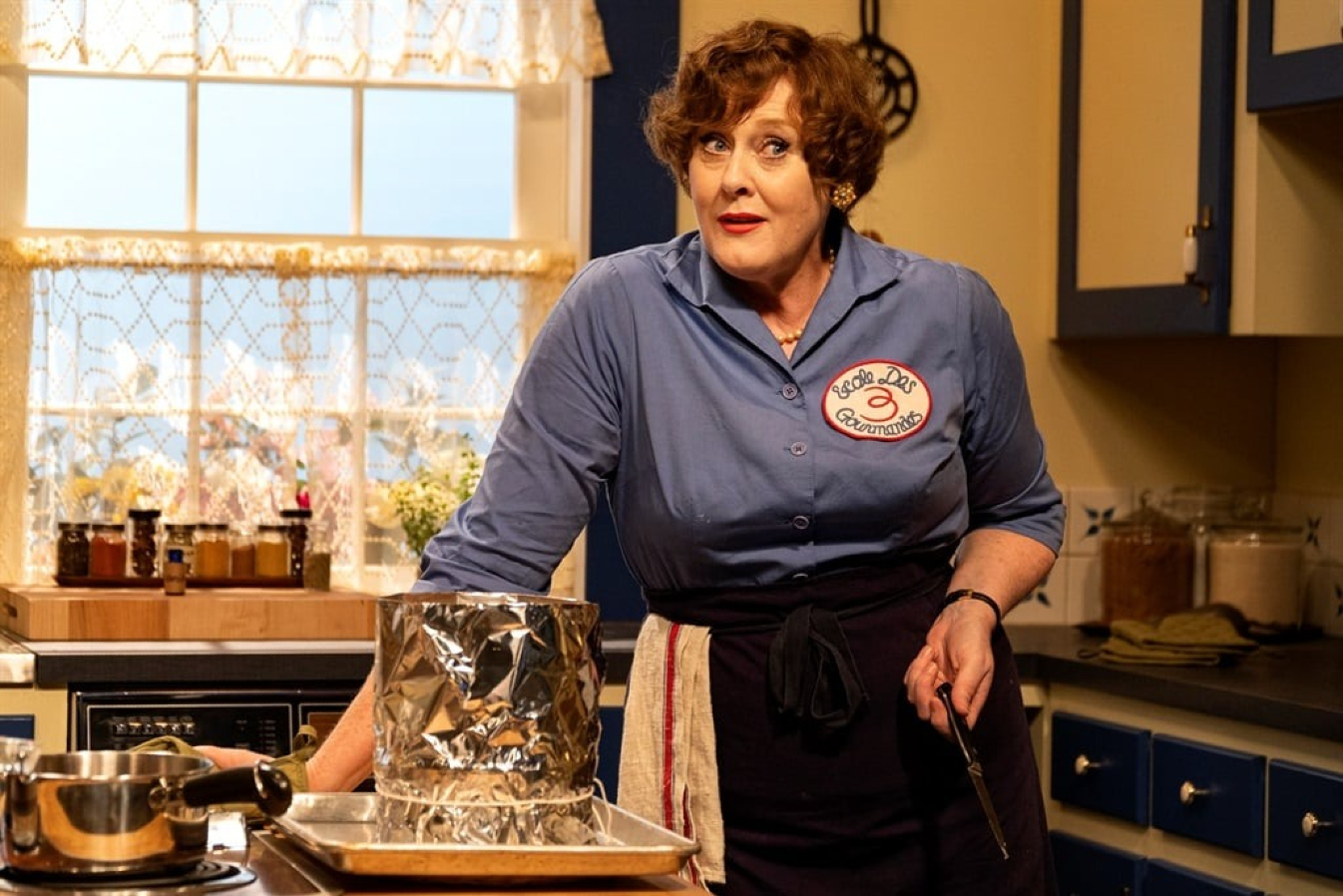
Alice Waters
The Prophet of Seasonality
If Julia Child taught Americans to embrace French finesse, Alice Waters taught them to return to their roots. In 1971, when she opened Chez Panisse in Berkeley, California, Waters was not thinking of trends or Michelin stars. She wanted to create a space where food tasted of the earth, of the season, of authenticity. What began as a local experiment became a global movement. Waters pioneered the farm-to-table philosophy long before it became a culinary buzzword. She cultivated close relationships with farmers, championed organic produce, and insisted on menus that changed daily, dictated by what was fresh and local. More than a restaurateur, Waters is an activist. Through the Edible Schoolyard Project, she transformed education by placing gardens in schools, teaching children that food is not simply fuel but culture and connection. Her impact extends beyond gastronomy it is political, environmental, and generational. She reframed food as responsibility, and in doing so, she gave women chefs a model of leadership that fuses artistry with advocacy.
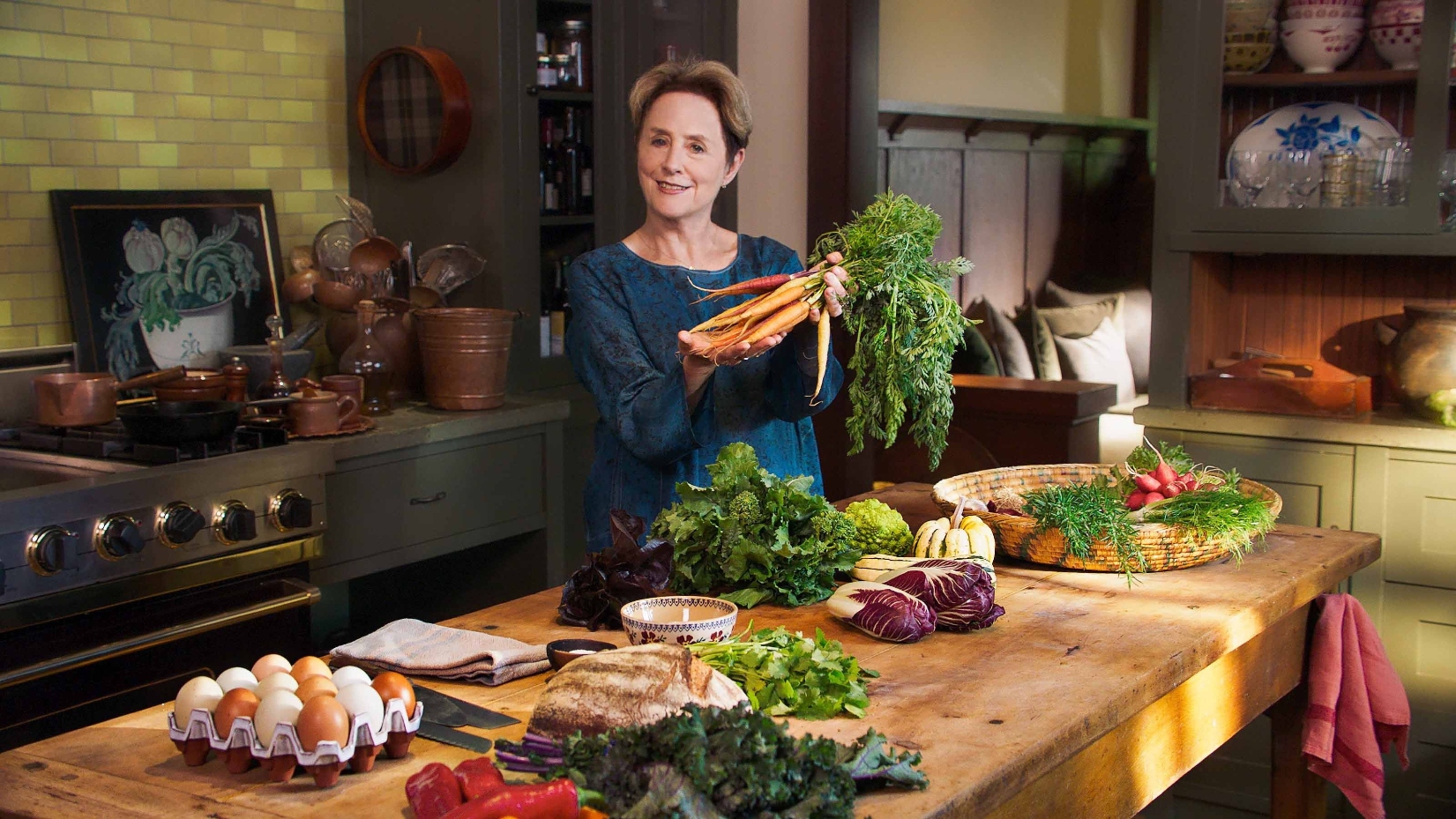
Dominique Crenn
The Poet of the Plate
In San Francisco, Dominique Crenn has become the embodiment of culinary artistry. At Atelier Crenn, her three-Michelin-starred restaurant, dishes arrive not as courses but as poems each plate a stanza, each flavour a metaphor. Crenn, born in France and raised partly in Morocco, carries the sensibilities of both cultures: discipline and dream, structure and lyricism. She is the first female chef in the United States to hold three Michelin stars, but she wears the accolade lightly. For Crenn, food is not about perfection but about expression. Her battle with breast cancer, publicly shared, only deepened her philosophy. Food became not just nourishment but a testament to resilience. Through her cooking, she challenges conventions of taste and form, proving that cuisine can be narrative, emotional, and transformative.
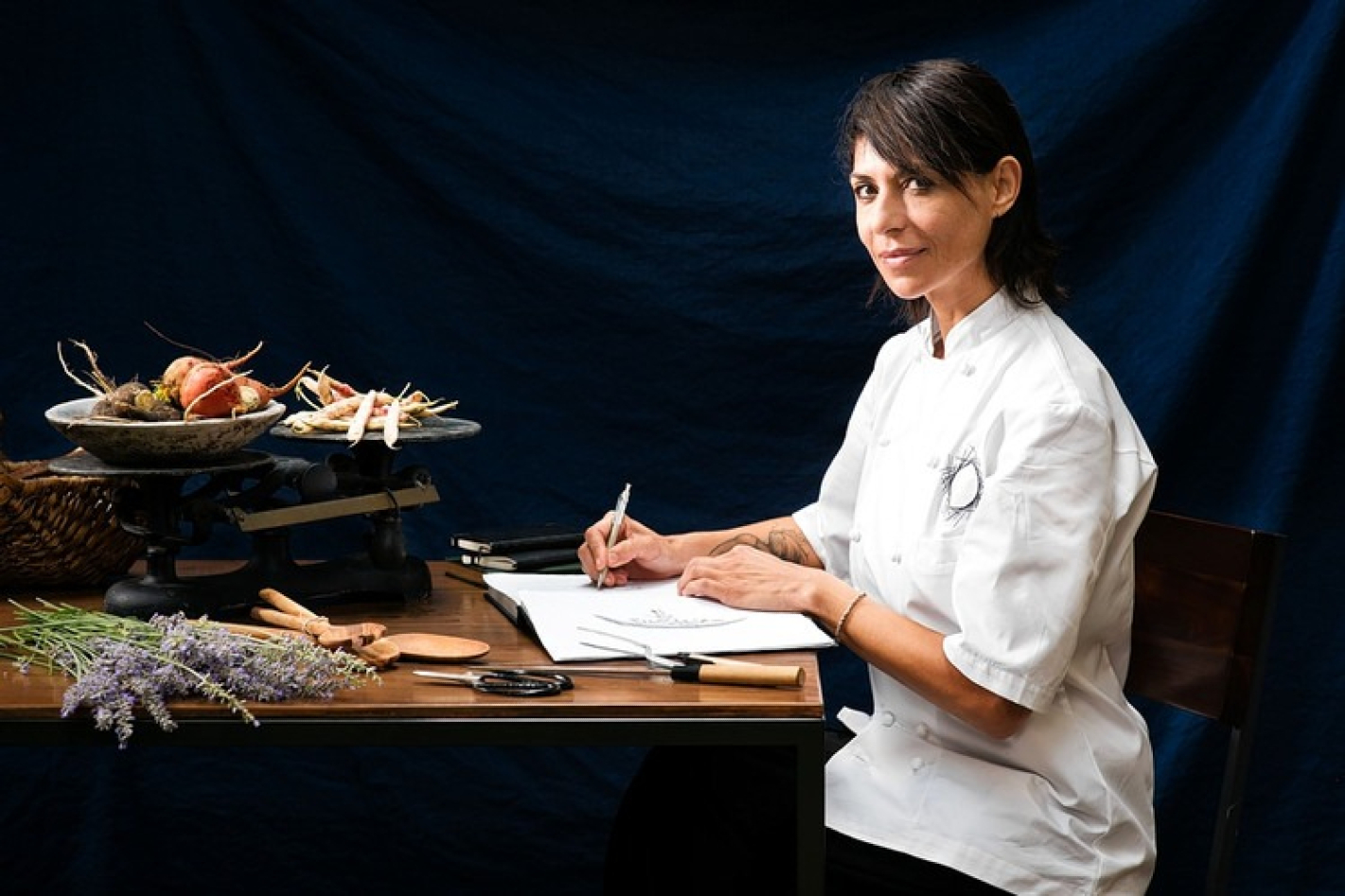
Niki Nakayama
Kaiseki with a California Soul
In Los Angeles, Niki Nakayama has carved out a place where Japanese tradition and Californian creativity meet. At her acclaimed restaurant n/naka, she serves kaiseki a meticulous, multi-course dining tradition infused with her own narrative. Nakayama’s story is as much about identity as cuisine. As a Japanese-American woman, she faced resistance from both cultures: dismissed in Japan for being female, underestimated in America for cooking “foreign” food. Her response was not to compromise but to refine her vision. Her menus unfold like personal diaries, balancing restraint with innovation. She celebrates the seasons with delicacy yet pushes boundaries with bold Californian touches. In doing so, she has not only expanded the definition of kaiseki but also the voice of women in global fine dining.
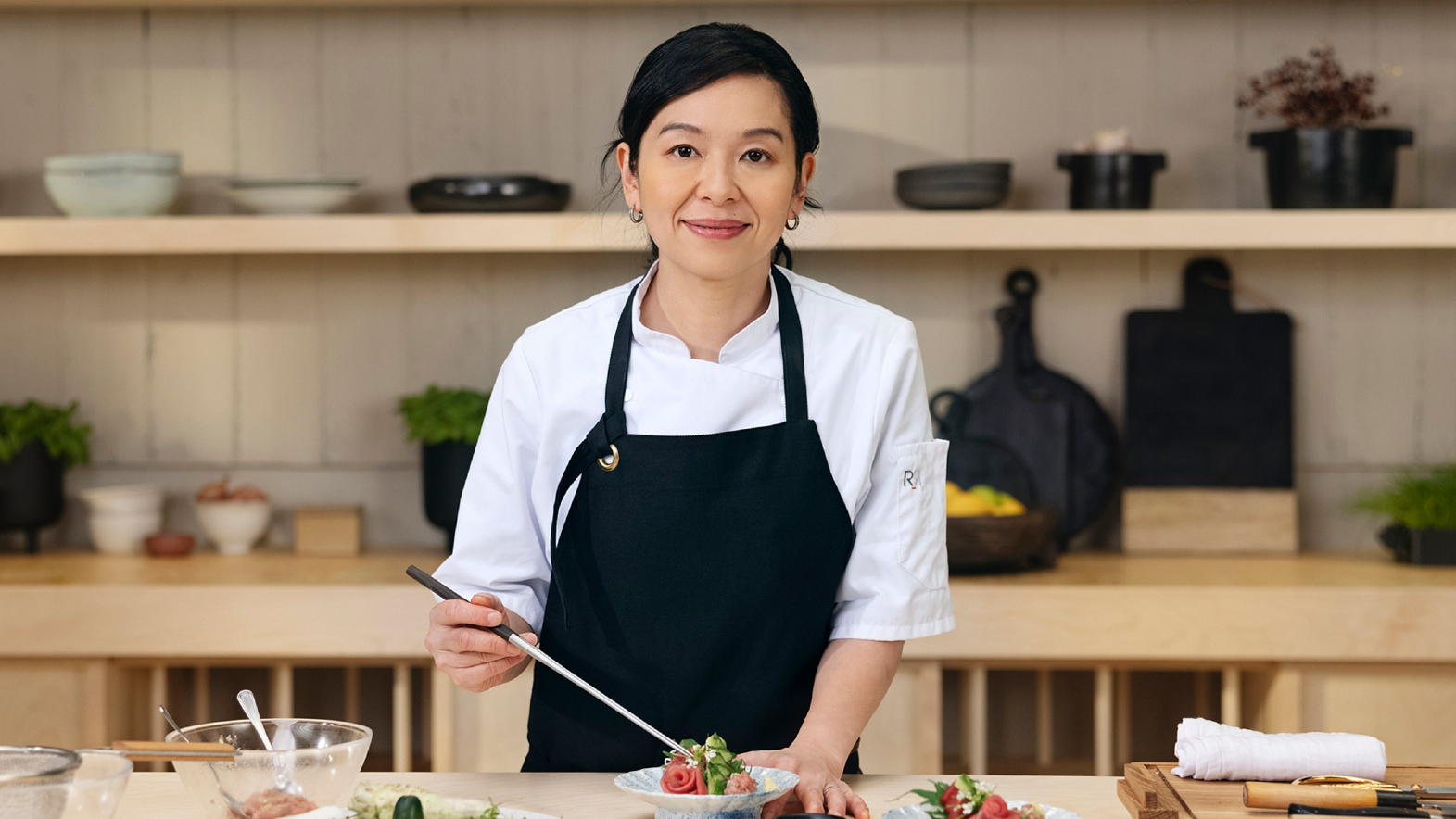
Clare Smyth
Discipline with Grace
In London, Clare Smyth stands as a beacon of quiet strength. The first woman in Britain to run a three-Michelin-star kitchen, she rose through the ranks at Restaurant Gordon Ramsay before opening her own establishment, Core, in 2017. Smyth’s cooking is grounded in British ingredients potatoes, lamb, carrots elevated with meticulous technique and emotional clarity. She is not interested in spectacle for its own sake. Her plates are graceful, disciplined, yet disarmingly soulful. Critics have praised her ability to turn humble ingredients into symphonies of flavour, proof that luxury can be rooted in simplicity. Beyond her culinary genius, Smyth is also a mentor. In a notoriously harsh industry, she has cultivated a kitchen culture built on respect, precision, and humanity. For young chefs, especially women, her example is not only inspiring it is transformative.
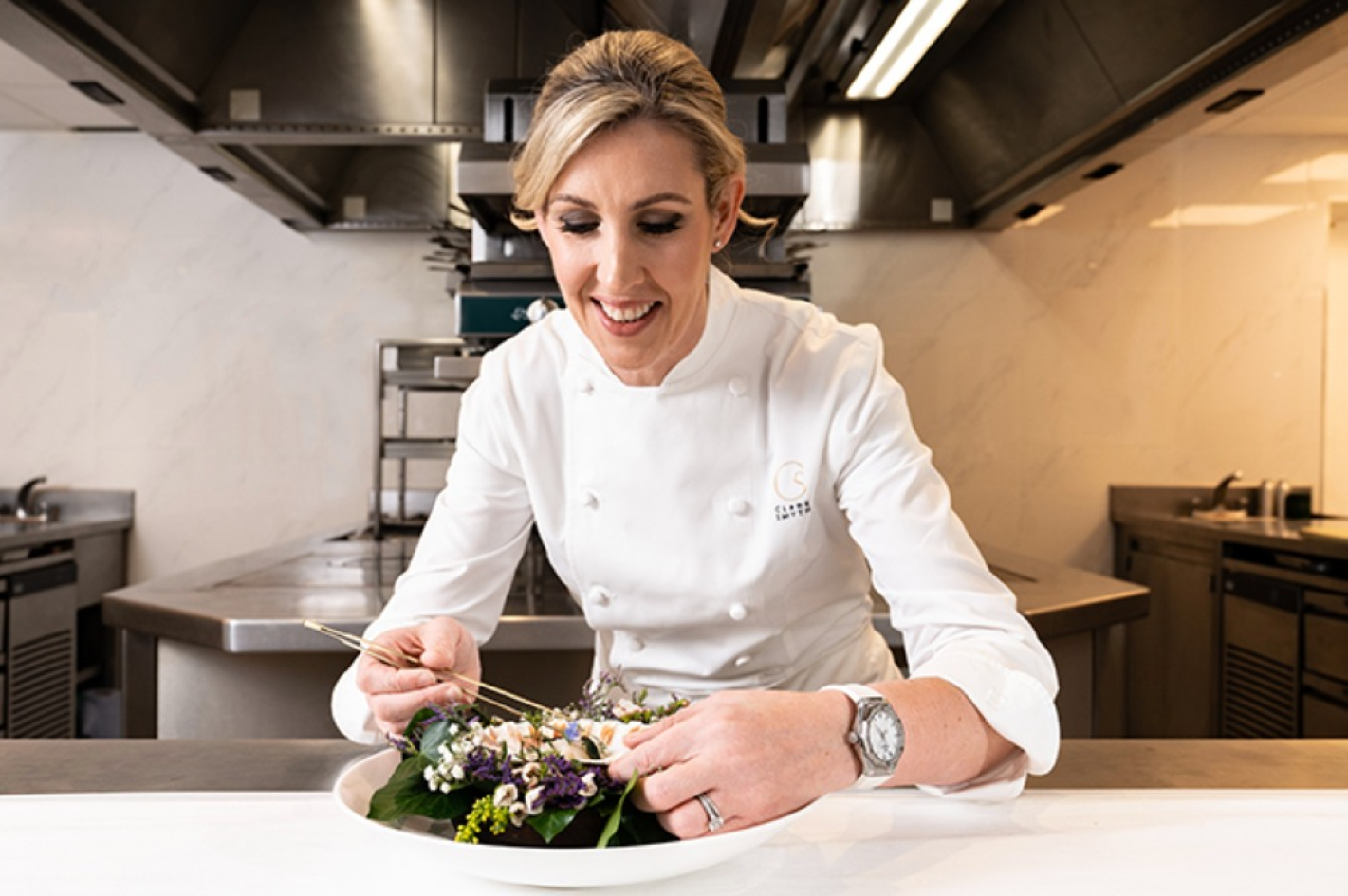
Ana Roš
Wild Soul of Slovenia
From the valleys of Slovenia, Ana Roš has brought an unlikely nation onto the world’s culinary map. Self-taught and fiercely independent, Roš leads Hiša Franko, a restaurant nestled near the Italian border that earned two Michelin stars. Her cooking is unapologetically wild. She draws from alpine pastures, rivers, and forests, crafting dishes that reflect Slovenia’s biodiversity and history. Cheese aged in caves, foraged herbs, freshwater trout all become part of her deeply personal cuisine. Roš is not only a chef but a cultural ambassador. Through her cooking, she narrates the story of a country often overlooked, proving that luxury can emerge from authenticity and roots.
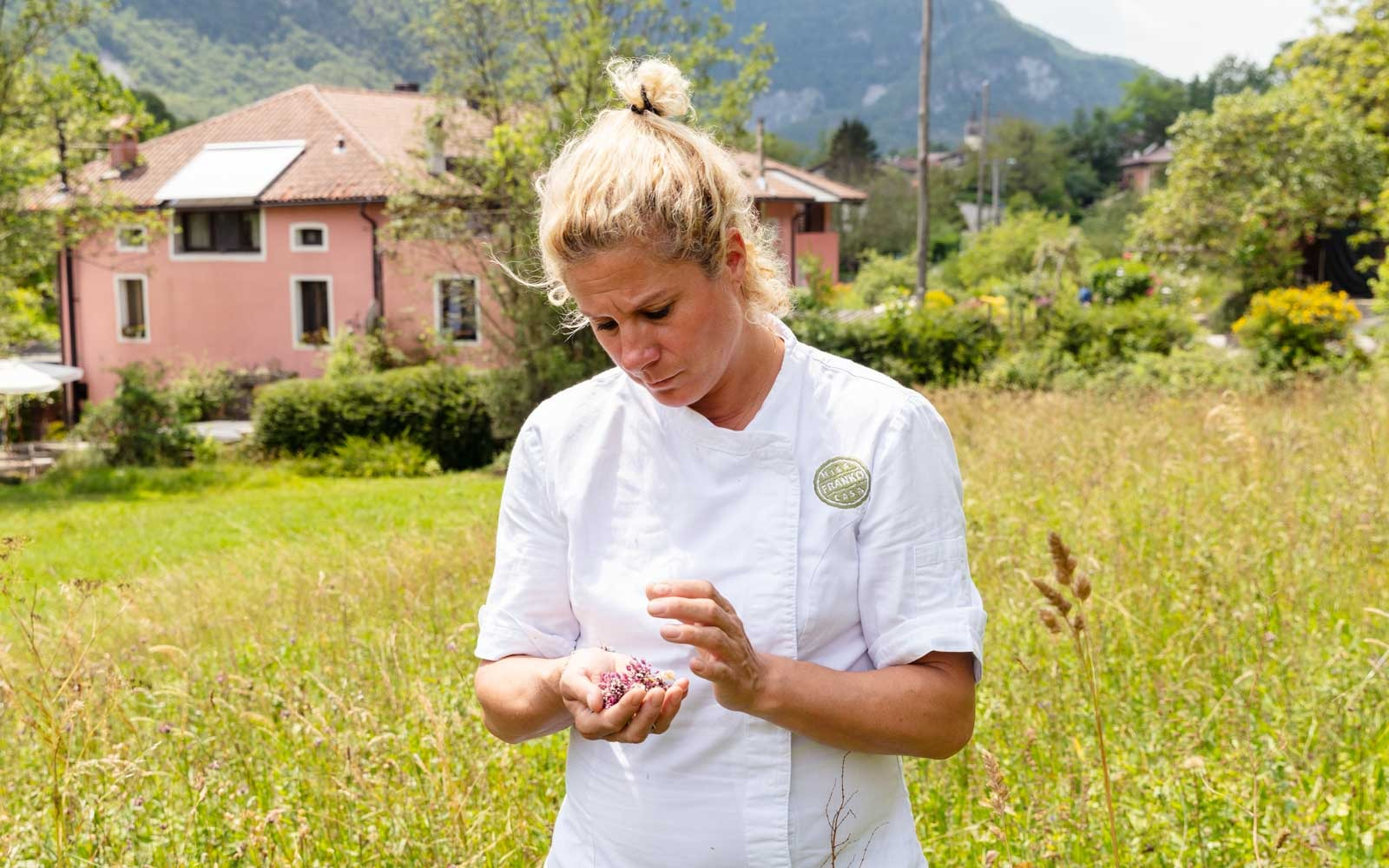
Elena Arzak
Heir to Innovation
In Spain’s Basque Country, Elena Arzak represents both heritage and innovation. As the fourth generation of the legendary Arzak restaurant in San Sebastián, she inherited a tradition of excellence. Yet, she has made the legacy her own, blending Basque flavours with avant-garde techniques. Elena’s leadership is collaborative, modern, and global. She continues her father Juan Mari’s legacy while pushing boundaries with cutting-edge research into new ingredients, textures, and methods. Her work is a reminder that tradition is not static it evolves, expands, and reinvents itself.
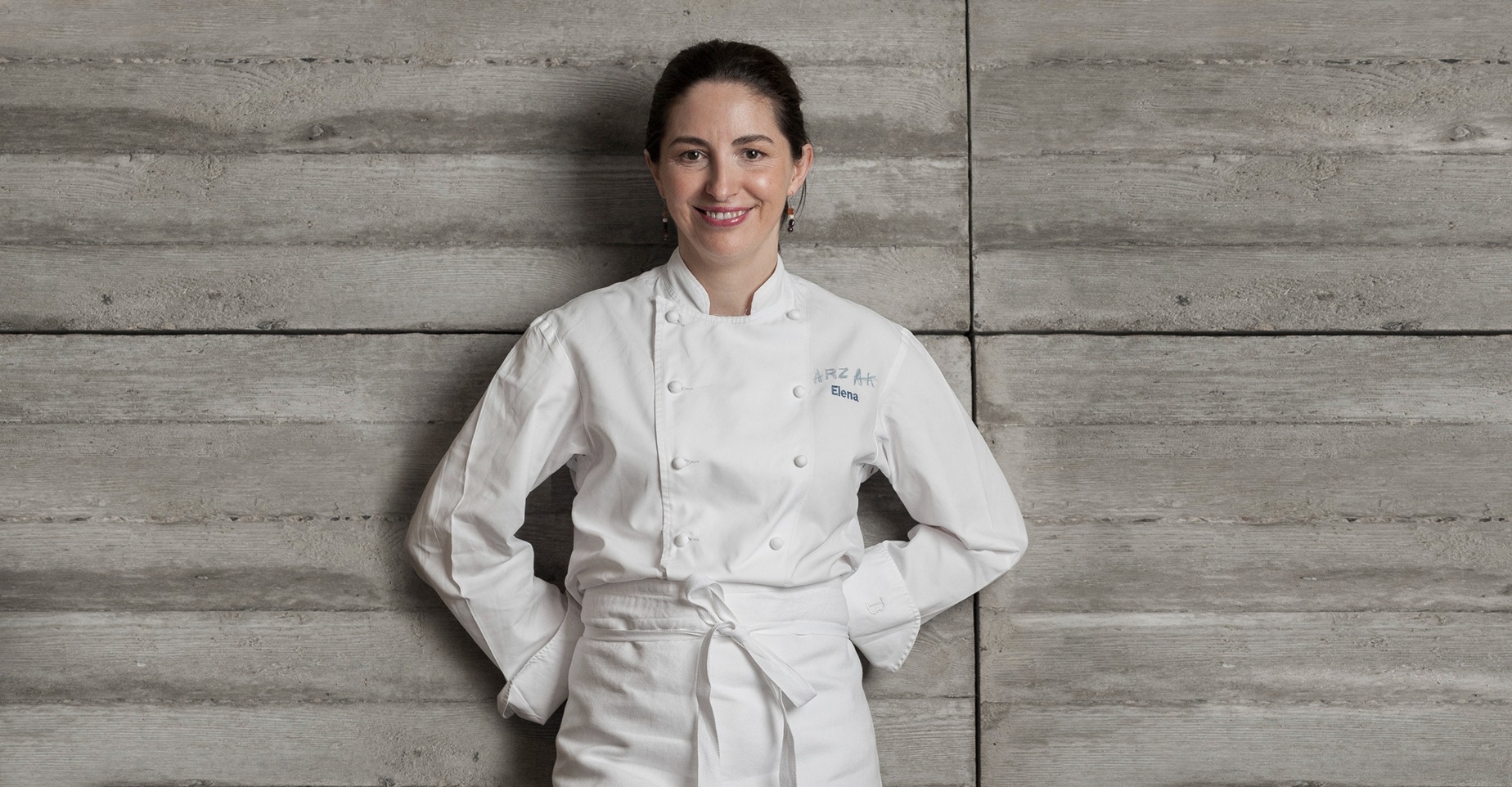
Hélène Darroze
Michelin’s Leading Lady
In Paris and London, Hélène Darroze has built a career defined by passion and persistence. With multiple Michelin stars across her restaurants, she is celebrated for her ability to balance classical French training with heartfelt storytelling. Darroze is known for infusing her dishes with memory drawing from her family heritage in southwest France, she crafts plates that feel both intimate and elegant. Her rise in the male-dominated French culinary scene is a story of resilience, reminding us that artistry thrives even under pressure.
